Terry Foster was born in London and earned a Ph.D. in Organic Chemistry from London University. He has lived in the United States since 1977 and been brewing for over 30 years, through both the British and American homebrewing revolutions. Terry has written Dr. Fosters Book of Beer (England 1978), and Pale Ale (U.S.A. 1990, Brewers Publications), as well as many articles in both British and American brewing magazines. Currently he makes his living as a technical specialist for a manufacturer of mineral processing chemicals, a position which entails considerable international travel to countries raging from Australia to Zambia. He lives in Milford, Conn., with his wife and two children, in a 200-year-old house and likes reading, jazz, the Boston Red Sox, keeping fit, Maine lobsters, and free beer (not necessarily all together).
I never wanted to write this book. I was afraid the research would take too long, and I would become so involved in it that I would not start writing. I worried that I would have too much material to put together in a logical and readable manner. And if I ever managed to do that and finished the book, I could never be satisfied with it. I am convinced that two days after publication I shall come across some long-hidden, but impeccably documented, facts which will dispute all the conclusions I have made. But here goes anyway!
I have been obsessed by porter ever since my first visit to a pub in London, the city where I was born. Like all the other pubs in those days, it had a little wooden sign over the door saying that the publican was, Licensed to sell by retail porters, ales and stouts. But it was pale ale, and not porter, that I drank then. Although London was the home of porter, it was no longer brewed there, having died out during the 1930s.
In fact, in all the years I lived in England I never tasted a commercially-brewed porter. My first sampling was when I came to the United States in 1978. That was Narragansett Porter, which by an eerie coincidence was brewed only a few miles from where my wife was born. By another coincidence, within less than a year of my leaving England, two breweries there decided to teach me a lesson and began brewing their own revivals of the style!
None of that surprised me, for porter has always been a contrary beer. It was not a style which just evolved, as most did, for it appears to have been deliberately designed to satisfy a particular market. As such it was the first clearly defined beer style, although we cannot say exactly what that style was. It was the first mass-produced beer, which permitted brewers to introduce some very important scientific and technological innovations. Those same innovations were at least partly responsible for the eventual demise of porter in England, as we shall see in the section on history.
Porter brewing was an integral part of the Industrial Revolution, in which Britain led the world, so it is not surprising that it also achieved popularity in other countries. Today versions of it are brewed in Eastern Europe, China, the Baltic region and North America. Porter was a foundation on which the English wholesale, or common, brewers were able to build substantial growth. Some of the original London porter brewers are still represented by name in Britains largest brewing combines.
Through fueling the growth of the common brewers, porter played an important part in ensuring the decline of both the publican brewer and the craft of brewing at home. Yet it is a beer that fascinates homebrewers, quite a few of whom have spent hours trying to re-create it. Indeed, it has intrigued many beer enthusiasts, including the new breed of craftsman brewer who has started the micro and pubbreweries that have sprung up both here and in Britain in recent years. Several of these offer their own versions of porter, and it has even returned to its London home in a brewpub operated by a subsidiary of one of the major brewers.
Porter is not now produced in large volumes, having been displaced on one end by the pale beers it was invented to compete with and on the other end by the stouts that evolved from it. However, it still remains an important beer style, perhaps because of its importance in the history of brewing, and because it fills an important gap in the beer spectrum for the enthusiast. There are bottom-fermented versions of porter, but it is properly a top-fermented beer. It is therefore important as a representative of a once-dominant class of beers now almost entirely ousted by lager styles in most parts of the world outside of Great Britain and Ireland.
A further oddity about porter is that it and its great derivative stout came to be the most important Irish beer styles; porter died out in Ireland long after it ceased to be brewed in Britain. Moreover, it was clearly and unequivocally not just an English but a London brew, a draught beer drunk in London pubs.
Before porter became popular, London pubs probably were not much different from those in the country, little more than houses with a room or two set aside for drinking. They often were establishments that had been in place a long time, with their amenities slowly evolving to meet the drinkers needs. In the 18th and early 19th centuries, at the height of porters popularity, the population of London grew rapidly, creating a demand for many more pubs.
Some brewers responded to this demand by building much larger pubs. These were often custom designed by architects, a step that represented a very radical change in the evolution of the English pub. This new approach became a trend that is still followed by modern brewers, although it reached its zenith in the latter part of the 18th century in the magnificent carved wood and cut glass extravaganzas of the so-called gin palaces. By that time porter no longer dominated the London scene, but there is little doubt that the capital generated from its sales was largely responsible for this development.
There is another reason why I did not want to write about porter. It made me nostalgic for my youth and the pubs where I learned to drink beer! However, there is one very good reason why this book has been written: Porter must not be allowed to die. It is a unique beer with a color, subtlety and complexity of flavor all its own. Porter encapsulates the magical variety of beer which is so often ignored by modern commercial manufacturers. Whether you are a micro or a homebrewer, a version of this style should be in your brewing book!

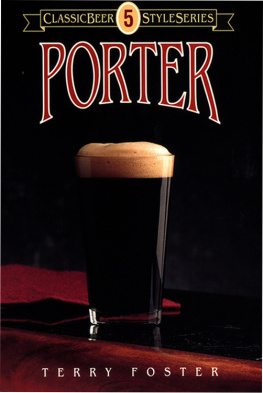




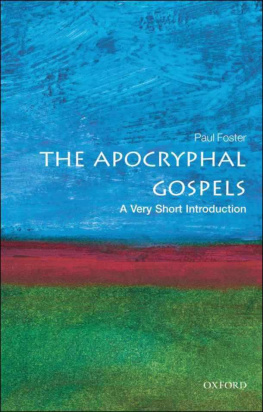




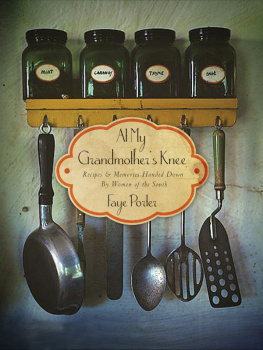

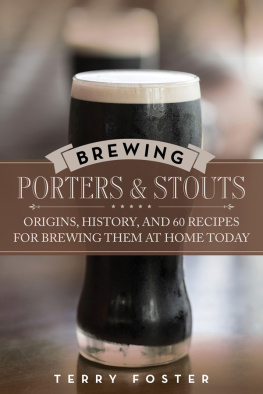

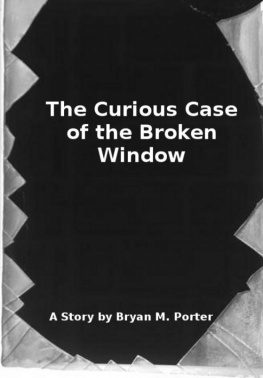
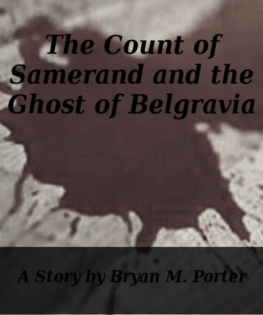

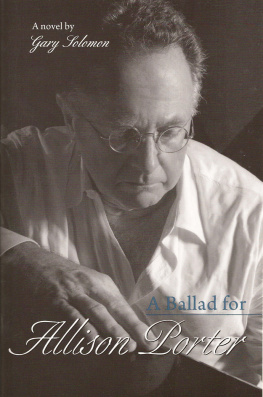

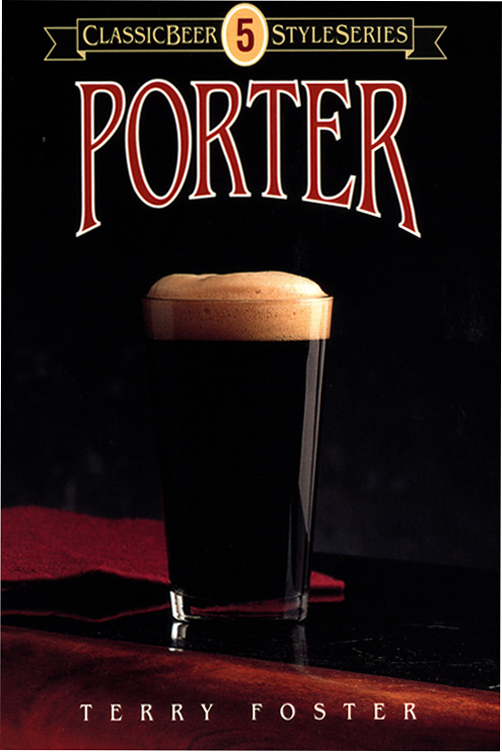
 A Brewers Publications Book
A Brewers Publications Book